Dieses Produkt kann Ihrer Gesundheit schaden und Abdhängigkeit verursachen.
Ce produit peut nuire à votre santé et peut créer une dépendance.
Questio prodotto può danneggiare la salute e creare dipendenza.
The best of vape in Switzerland with Freevap
Price
CHF34.90
In stock
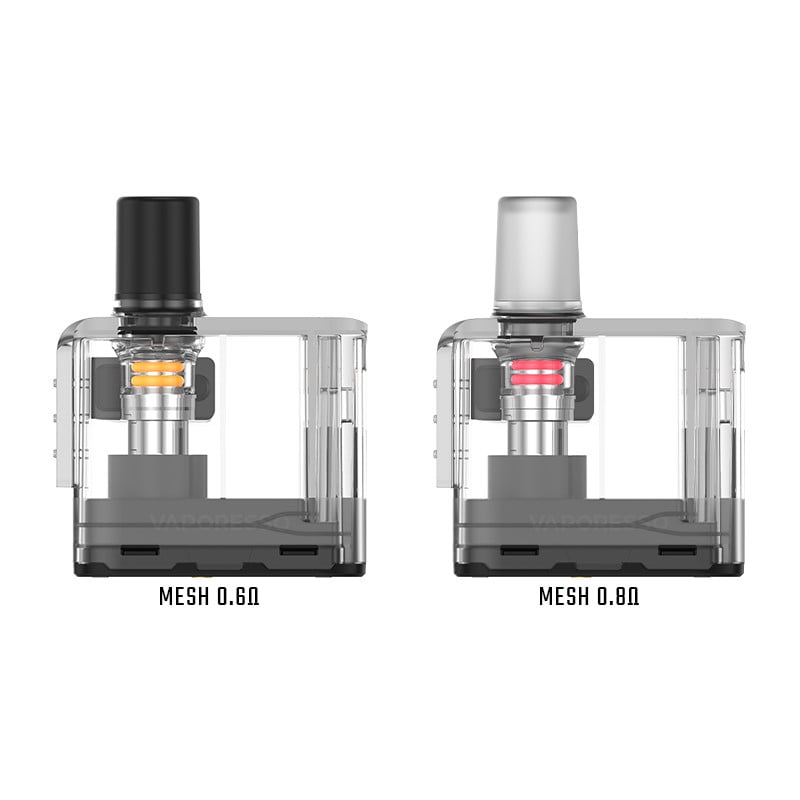
5ml
Pack of 2 units
Apex Cartridges - Vaporesso | x2 Pack Apex Cartridges - Vaporesso | x2 Pack
Price
CHF7.90
- New
Price
CHF7.90
In stock
Price
CHF21.90
In stock
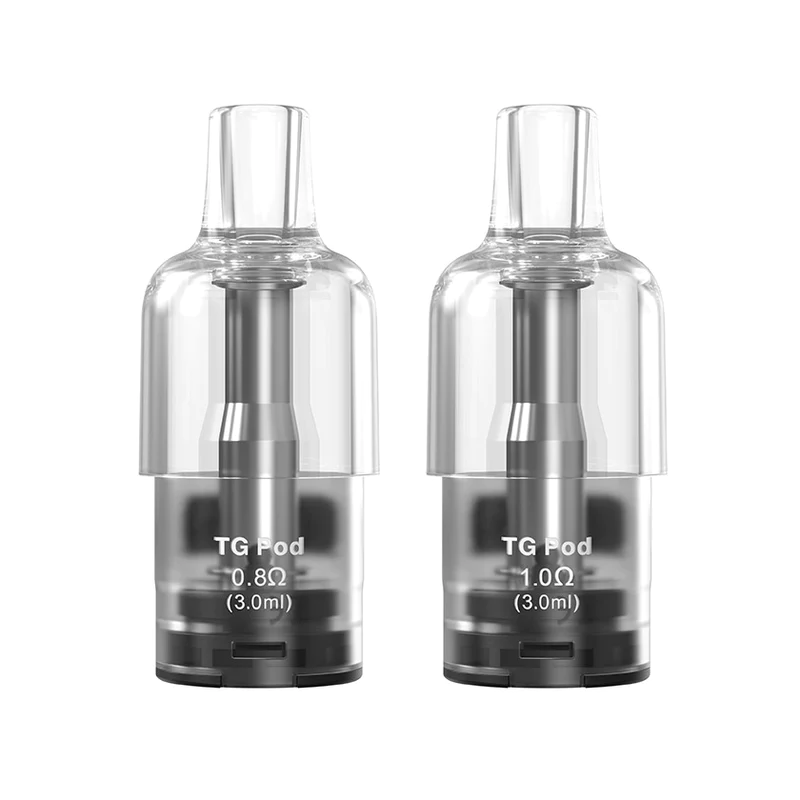
3ml
Pack of 2 units
Cartridges TG (Cyber G) - Aspire | x2 Pack Cartridges TG (Cyber G) - Aspire | x2 Pack
Price
CHF6.90
- New
Price
CHF6.90
In stock
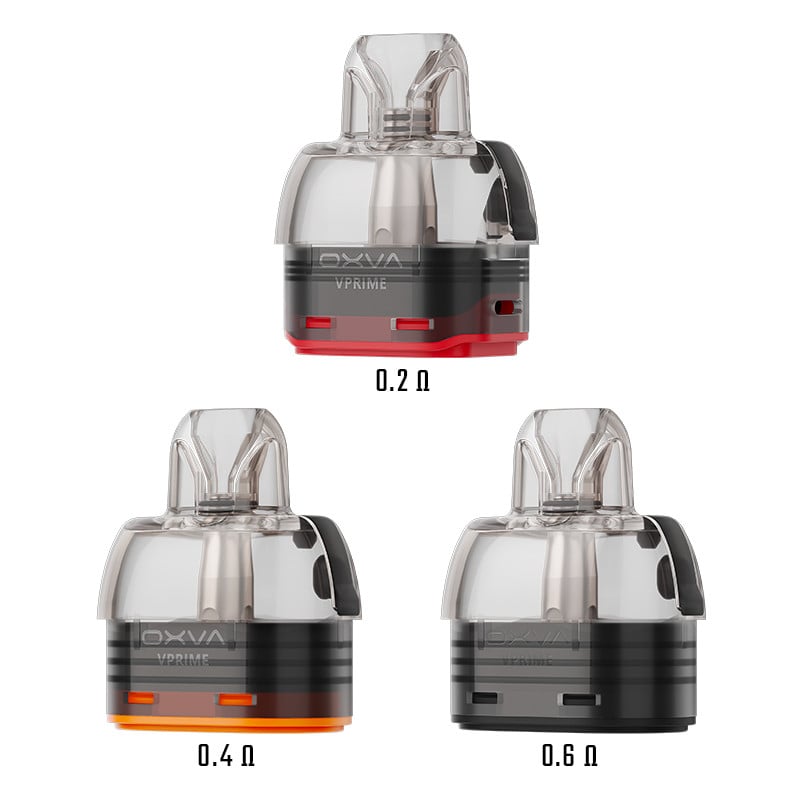
5ml
Pack of 2 units
VPrime Cartridges - OXVA | Pack x2 VPrime Cartridges - OXVA | Pack x2
Price
CHF9.90
- New
Price
CHF9.90
In stock
Price
CHF39.90
In stock
Price
CHF39.90
In stock
Price
CHF49.90
In stock
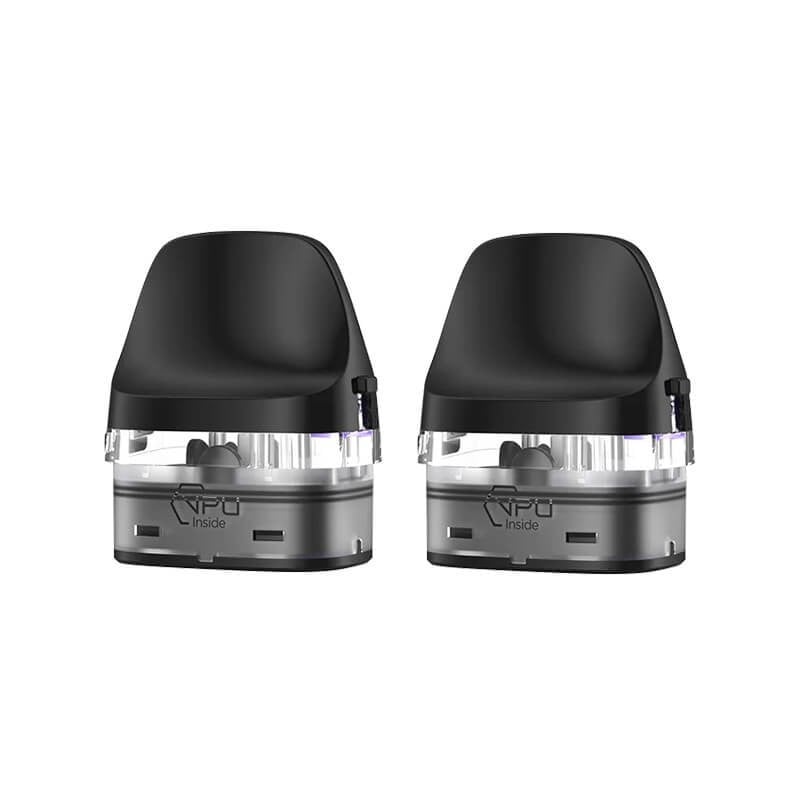
5ml
Pack of 2 units
JR Series Cartridges (w/o coils) -[…] JR Series Cartridges (w/o coils) - Geekvape | x2 Pack
Price
CHF6.90
- New
Price
CHF6.90
In stock
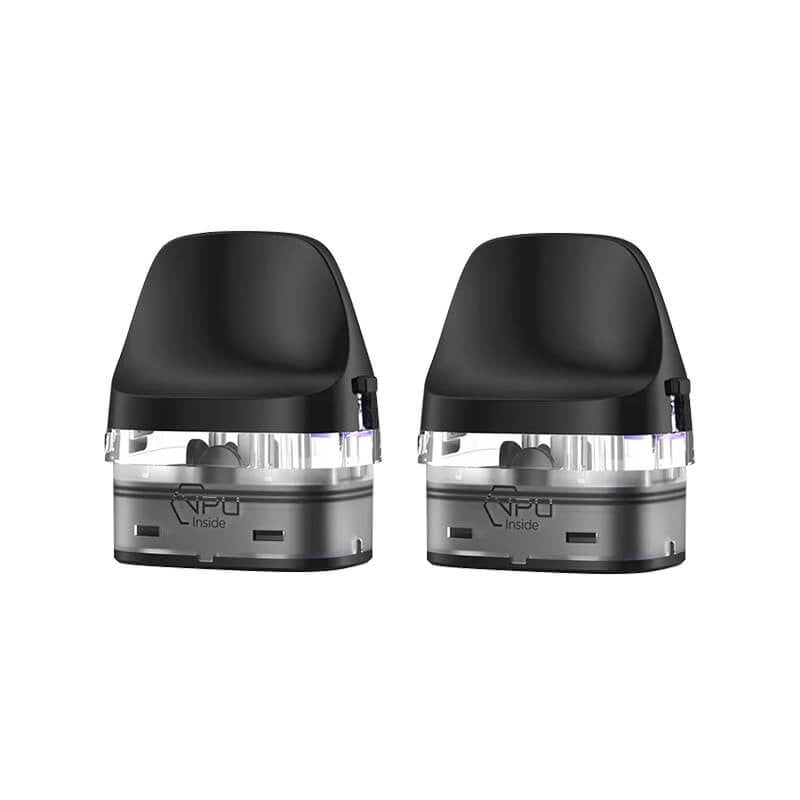
5ml
Pack of 2 units
J Series Cartridges - Geekvape | x2 Pack J Series Cartridges - Geekvape | x2 Pack
Price
CHF9.90
- New
Price
CHF9.90
In stock
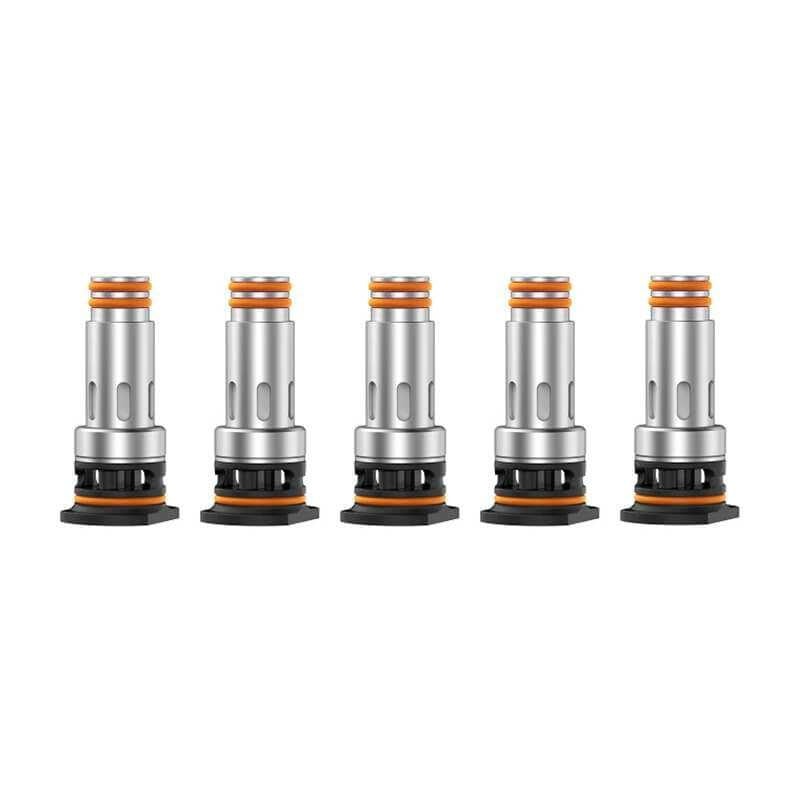
Pack with 5 units
J series Coils - Geekvape | x5 Pack J series Coils - Geekvape | x5 Pack
Price
CHF13.90
- New
Price
CHF13.90
In stock

50ml
40PG (Vege) | 60VG
Caramel Pop-Corn - Winter - Les 4 Saisons[…] Caramel Pop-Corn - Winter - Les 4 Saisons by Protect[…]
Regular price
-20%
CHF19.90
Price
CHF15.92
- New
Regular price
-20%
CHF19.90
Price
CHF15.92
In stock
Our e-liquids and electronic cigarettes brands
Discover all our guides
For a better understanding of the world of vaping: these guides will help you! All the information you need to better understand and use your e-cigarette.

Preconceived ideas about vaping and the dangers to health
Put an end to preconceived ideas and prejudices about vaping thanks to this...

Vape Glossary
Become an expert on the electronic cigarette world with our vape glossary! All these...
The No. 1 e-cigarette website since 2012
Freevap.ch is the first website specialising in the world of electronic cigarettes in Switzerland. Thanks to your trust, we continue to grow alongside you, always offering the best electronic cigarettes products, e-liquids and accessories on the market. We offer an impeccable e-commerce service to support you in the best possible way in your life as a vaper. With Freevap, you're choosing peace of mind and the best in Swiss online vape, and we've been doing it for over 10 years!












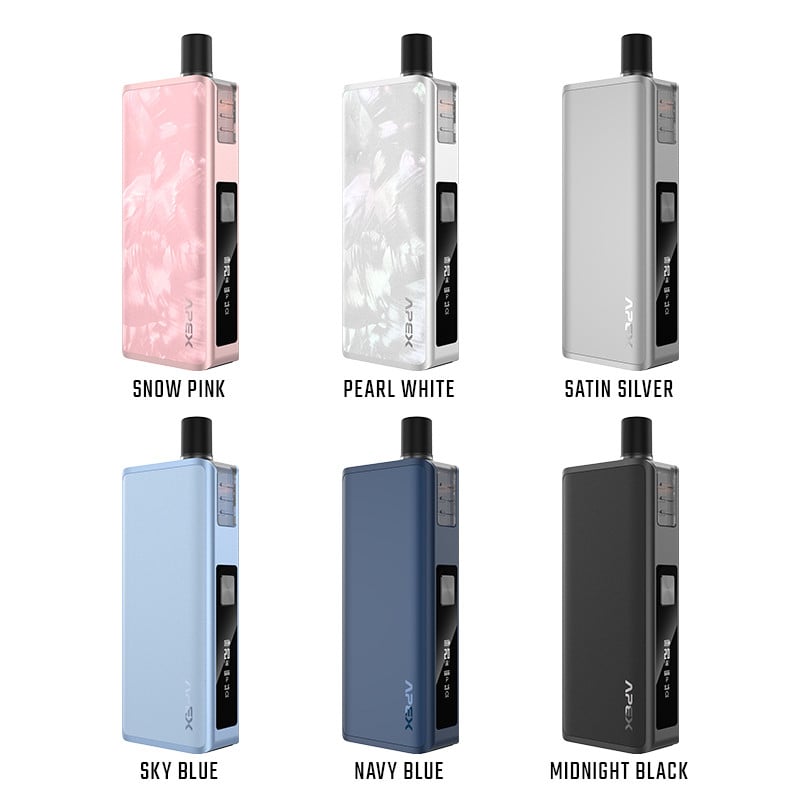
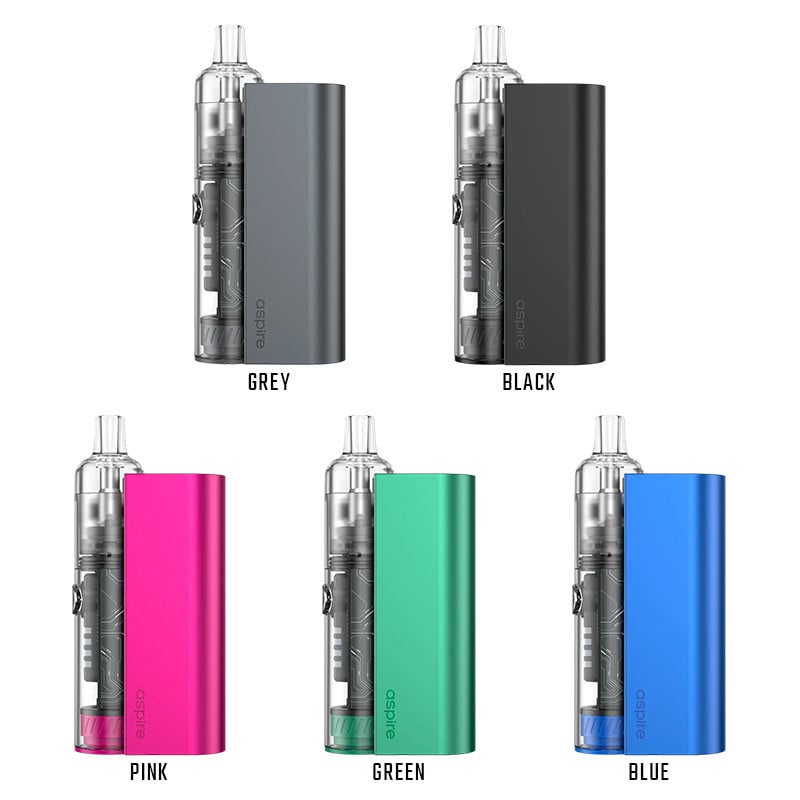
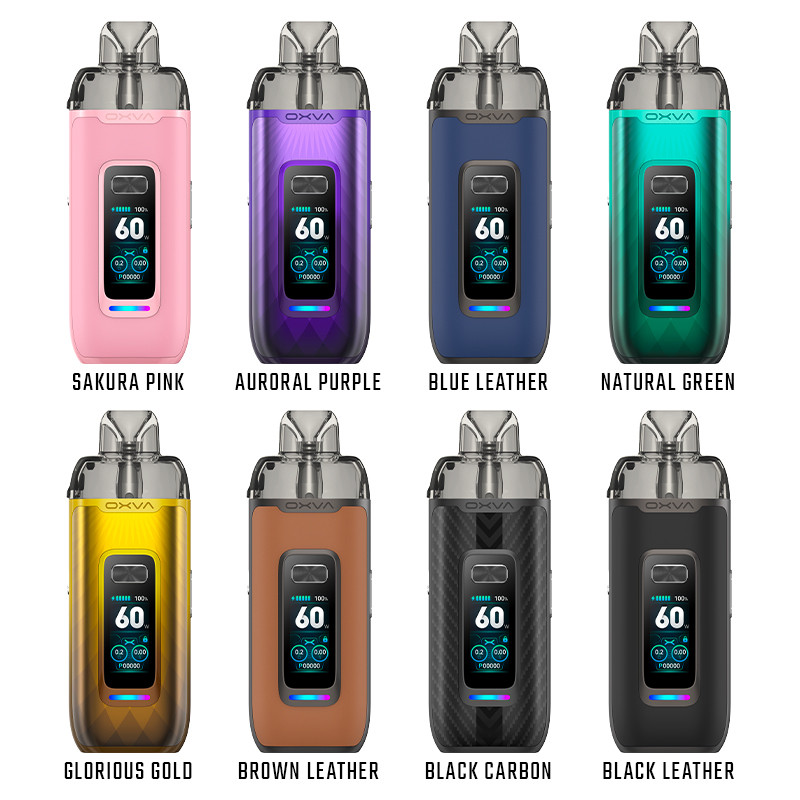
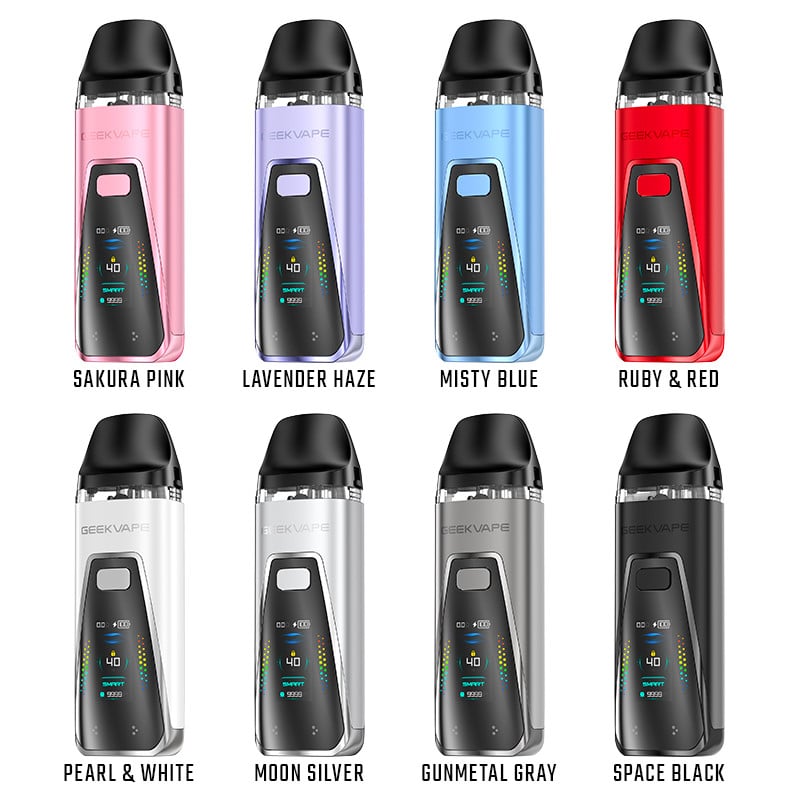
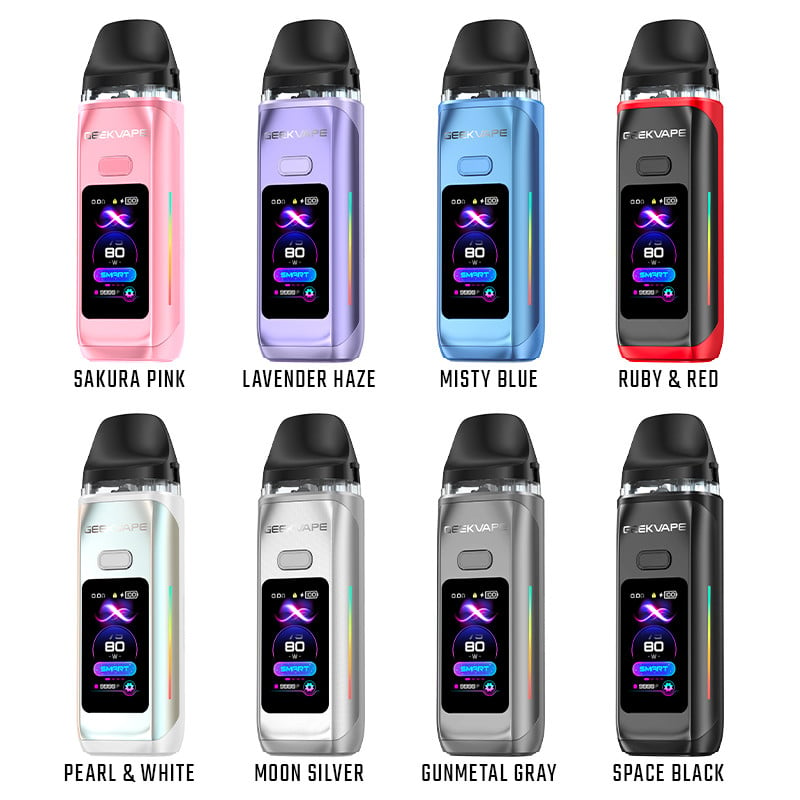

























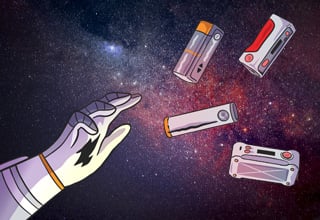

 Why choose Freevap to buy an e-cigarette?
Why choose Freevap to buy an e-cigarette?
 Freevap: the best site for buying your electronic cigarette
Freevap: the best site for buying your electronic cigarette
 Electronic cigarettes and e-liquid: what exactly are they?
Electronic cigarettes and e-liquid: what exactly are they?
 Can vaping save you money? Is it really less harmful?
Can vaping save you money? Is it really less harmful?